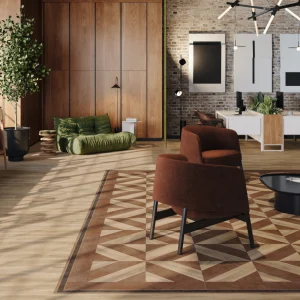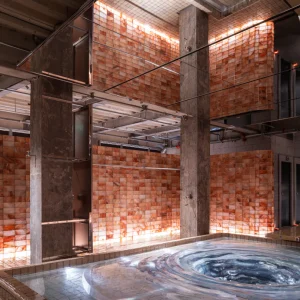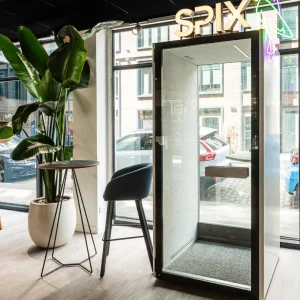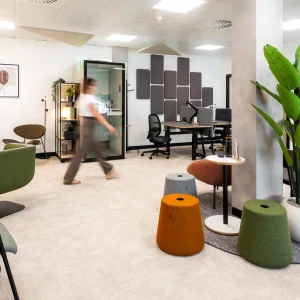Consulting engineers Arup developed a new form of engineering gymnastics for the stadium roof using 50% less material as compared to an average stadium roof. The design was driven by imaginative and sustainable use of materials. The walls and roof of the stadium are conceived as one complete system, eliminating the structural columns. This ‘bio-frame’ roof attempts to create an ethereal veil over spectators.
Every element in the roof structure performs more than one function. About 9,600 glass triangular panels of different dimensions were added in the 18 domes crowning the stadium. Termed as ‘Bubbles’, they feature ‘frit’ in the glass panels for solar protection, with those areas requiring greater protection having a greater density of fritt.
The roof collects water as well as sunlight with each shell supporting the next. It also directs natural light, wherever required. The distinctive paneled roof follows the rise and fall of the seating areas, bending to the north for natural light, and to the south to connect with the Yarra precinct that is visible from the stadium’s concourse.
Home to Melbourne Victory (soccer), Melbourne Storm (rugby league) and the Melbourne Football Club, the stadium includes a training area with an indoor pool, gymnasium and video replay rooms. There are 24 corporate boxes and dining facilities. It can seat 31,000 spectators.





